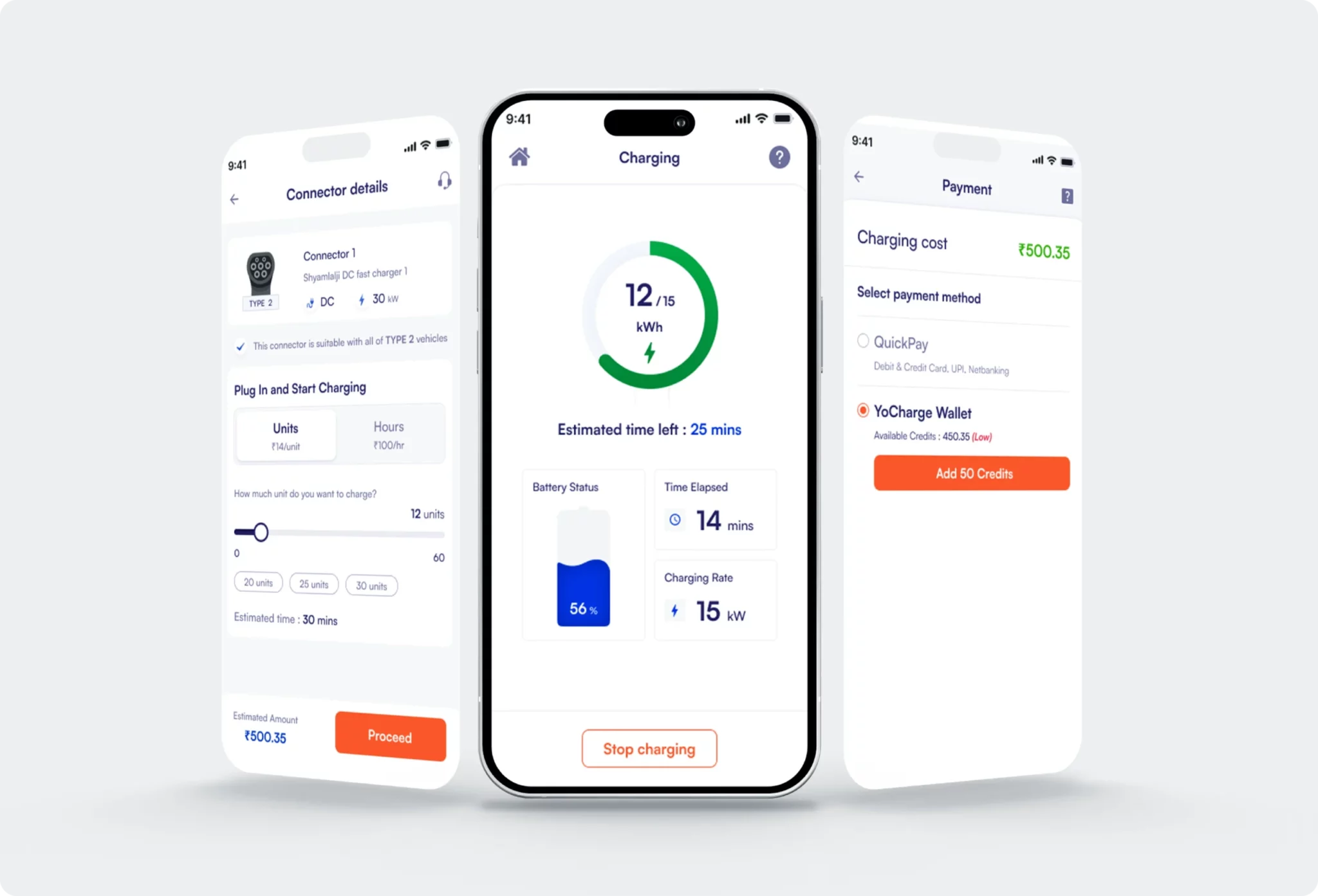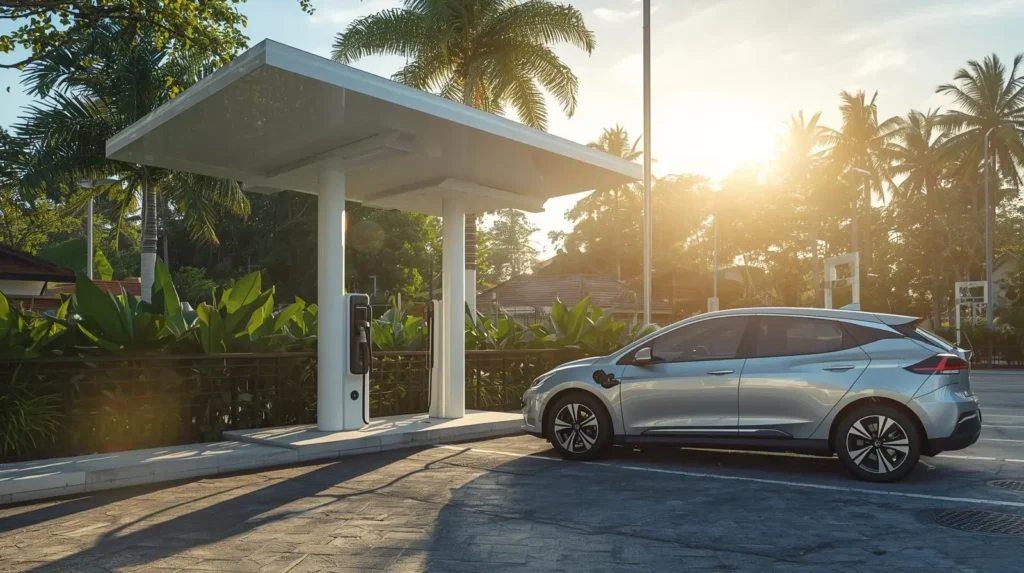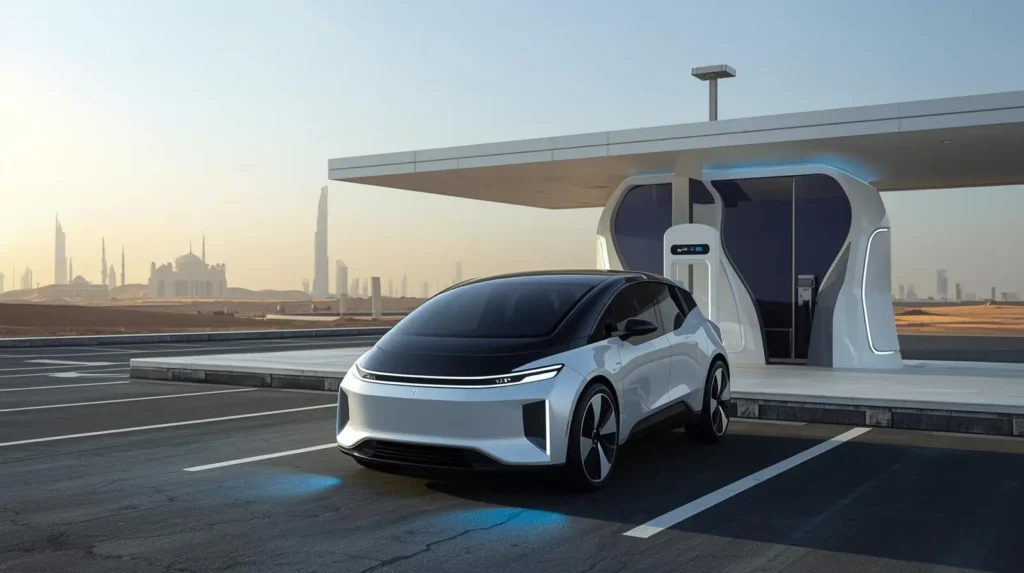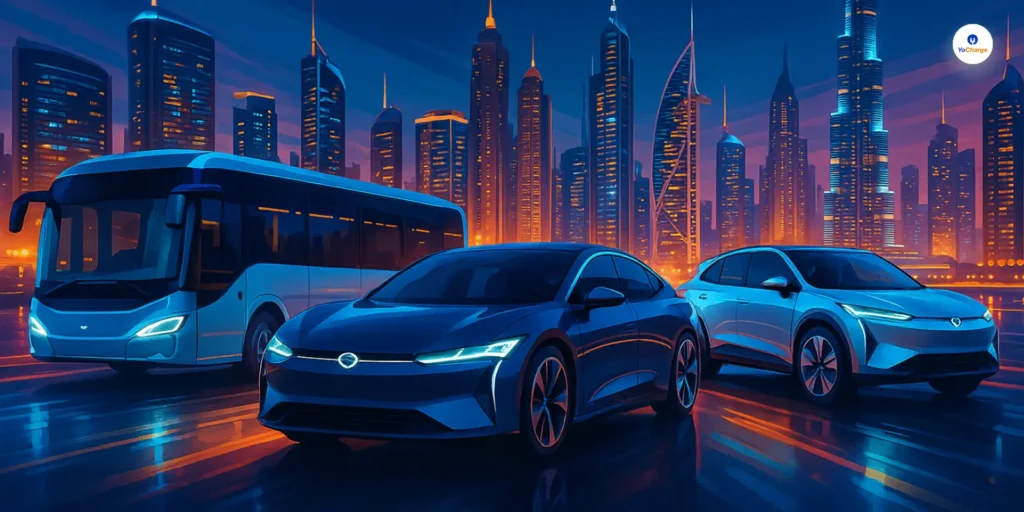Sustainable mobility helps to take step towards sustainable development and ensures a safe environment for everyone. It helps in enhancing the social and economic development across the nations. Let us discuss about the importance of sustainable mobility in detail.
What is Sustainable Mobility?
Sustainable mobility calls for accessibility equality, paying special attention to populations, who are more vulnerable and geographic regions that are subject to social exclusion. Without access to sustainable transportation, it will be far more difficult, to eradicate poverty and fulfil the Sustainable Development Goals (SDGs).
The fact that almost 1.3 million individuals pass away annually in traffic-related accidents is undoubtedly the most distressing fact. It is necessary to create awareness among the citizens about the importance of sustainable mobility. The governments must also take required steps to achieve them.
Some of the measures include Avoiding motorized journeys, reducing the number of trips made in each mode, increasing the use of public transportation and active transportation, etc. enhancing the transportation system’s energy efficiency, technology, usability, and safety.
The Johannesburg Plan of Implementation (JPOI) provided various reference points for sustainable transportation, including infrastructure, public transportation systems, networks for the delivery of goods, accessibility, effectiveness, and convenience of transportation, as well as improvements to urban air quality and health and a decrease in greenhouse gas emissions.
Why electric mobility is the future ?
Related article
Importance of sustainable mobility
Sustainable mobility helps to achieve these following along with sustainable development :

1. Economic development is impacted by sustainable mobility
Sustainable transportation has a significant and extensively proved economic benefit. All forms of green mobility are advantageous for economic growth, even though careful planning and the usage of public transportation can save money for the government and its citizens. Studies show that commercial activity and related profits significantly increase in regions that are blocked to motorized traffic and only accessible to pedestrians and bikes.
2. It helps to adopt a healthy lifestyle
To live a healthier lifestyle, reduce obesity rates, and keep up a healthy weight, those who commute to work can use foot or by bicycle . Your mental health will even improve if you leave the automobile in the garage. Those who commute by bicycle experience less anxiety, and those who use public transportation are more at ease and have more time to read or interact with others.
When more people use public transport the traffic congestion reduces and also the GHG emissions, by reducing the number of cars on road. Additionally, the pollutants from the emissions from automobiles might result in a wide range of chronic illnesses.
3. Conservation of more land
Compact development is supported by sustainable transportation, which shortens the distance between locations. The outskirts and the countryside surrounding cities have fewer roadways and paved areas, despite metropolitan centers possibly having more of them. As a result, there is more room for parks, farms, and other green areas. Less runoff arises from fewer roads in rural regions, safeguarding the land and the wildlife it supports.
4. Reduces congestion
Congestion naturally reduces when individuals prefer sustainable transportation over driving their private vehicles . For those who continue to use highways and city streets, this decreases commuting times and driving stress. Additionally, those who use public transportation frequently had shorter journey times. Commuting workers can go from destination to another even faster with trains because they don’t have to stop and restart at traffic lights and crossings.
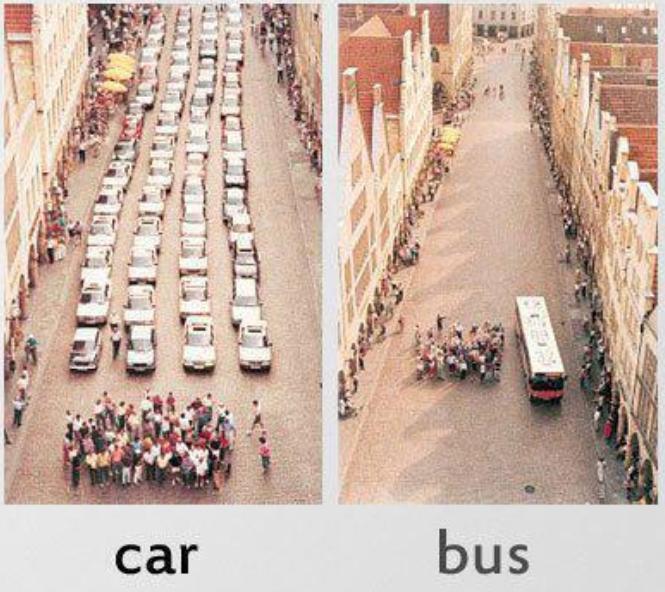
5. Safety is given preference
As a matter of fact, using sustainable public transit is ten times safer per mile than bringing your own car into the city. Additionally, commuters can lower their risk of being in a collision by more than 90% by taking public transportation. It is the greatest cause of death for children and young adults between the ages of 5 and 29 and accounts for 1.35 million deaths annually.
Every year, millions are injured or disabled due to road accidents. Safe mobility is a key factor of sustainable mobility. The amount of accidents and fatalities associated to transportation will be decreased by employing new technologies and adopting required safety measures.
6. Saves energy
The transport sector is a major energy consumer. Currently, oil and gas are the main non-renewable energy sources used to produce the energy that is consumed. Road transportation is responsible for 90 percent of these environmentally hazardous pollutants, whereas rail and water travel only account for 10 percent. Shifting to renewable energy sources like solar energy, wind energy etc. can solve this problem.
Hence, reducing congestion can result in overall energy savings. Traffic-clogged vehicles constantly start and stop, wasting fuel and increasing pollution. A single transit vehicle uses more energy than a personal one, but fewer resources are used per passenger. Therefore, using public transportation, walking, and bicycling promotes energy conservation.
7. More job opportunities
People will have easier access to occupations and be more productive if transportation is economical, environmentally friendly, and effective, while also freeing up resources for other uses. Because it requires the abilities of designers, innovators, construction professionals, maintenance workers, drivers, safety officers, and many more people with a wide range of skills, developing sustainable transportation is also very equitable.
Creating the necessary infrastructure to support public transportation, creating environmentally friendly alternatives to diesel-powered vehicles, and operating these new modes of transportation all create employment opportunities for those who needs them.
8. Reduces pollution and GHG emissions
Personal automobiles are the primary source of pollution. In contrast, buses and trains only contribute a smaller quantity of emissions, making them significantly more environmentally friendly than private vehicles.

Additionally, many public transportation systems are switching to electric vehicles, substantially lowering pollution and greenhouse gas emissions. Transporters who are unable to switch to electric or low-emission vehicles may find clean diesel to be a feasible alternative.
9. Helps in saving money
Maintaining a personal vehicle is much costlier due to its maintenance cost, purchase cost, fuel prices etc. Hence, using public transport saves a lot of money a commuter spends in transport. This is more affordable for weaker sections of the society. Adoption of electric vehicles also comes with a lot of benefits in taxes, low interest loans, subsidies etc.
In the early phases of growth, investing in sustainable transportation may be costly, particularly when doing so requires constructing roads, buying buses, and setting up the necessary infrastructure for transportation networks. The return on investment in terms of financial and personal savings, however, is worthwhile. Additionally, it costs less to maintain public transportation networks than it does to maintain roadways.
Methods adopted to implement sustainable mobility
- Use of public transport – For individuals trying to limit their use of their own cars, public transportation is another great replacement. In big cities, this medium also aids in reducing traffic and its associated pollution.
- Walking – In addition to being sustainable, walking more improves healthy aging, increases attention, reduces stress, and does a lot more.
- Electric vehicles – Electric vehicles or electric mobility paves path for sustainable mobility. It replaces fossil fuels and uses electricity as a power source. Renewable energy sources are used nowadays like solar, wind energy etc. They are not only eco-friendly by reducing emissions it should be notes that they are economical too.
- Cycling for shorter transportation – Being environmentally friendly and using a bicycle to go around the city is very practical and promotes good health. This also helps in reducing the use of private vehicles for short distances that saves significant amount of fuel.
- Railways for transportation – A preferable choice for all daily commuters because it produces the fewest gas emissions per passenger, train or rail transportation is the most effective.
- Smart driving – Driving safely and economically minimizes fuel consumption, therefore staying within posted speed limits or just maintaining a constant speed without braking or accelerating are also effective strategies.
- Use of digital technologies – Automated mobility and intelligent traffic management are made possible by digital technologies, improving transportation efficiency and lowering pollution. Vehicle to user connection through digital mode for instance, can encourage environmentally friendly travel decisions, enable multimodal transportation, increase access to public transportation, and reduce congestion and control the fuel use.
- Sharing of vehicles – Shared mobility has the potential to significantly reduce both emissions and traffic. We can avoid having owned vehicles sit idle for the majority of the day by sharing different forms of transportation (cars, scooters, and e-bikes) and maximize vehicle use by acquiring more output with fewer resources. This helps in making more free space the parking areas.
